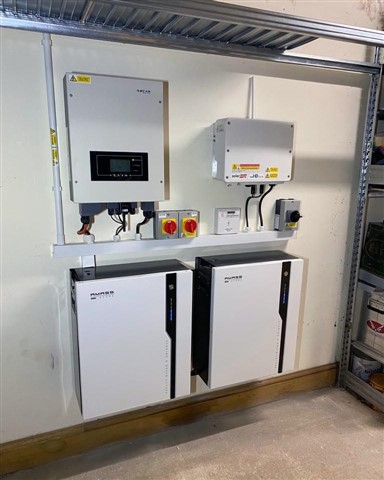PAS 63100:2024 Electrical installations. Protection against fire of battery energy storage systems for use in dwellings. Specification is now available on the BSI web-site: https://knowledge.bsigroup.com/products/electrical-installations-protection-against-fire-of-battery-energy-storage-systems-for-use-in-dwellings-specification?version=standard&tab=overview
It can be freely downloaded (DRM free) from a link on that page.

